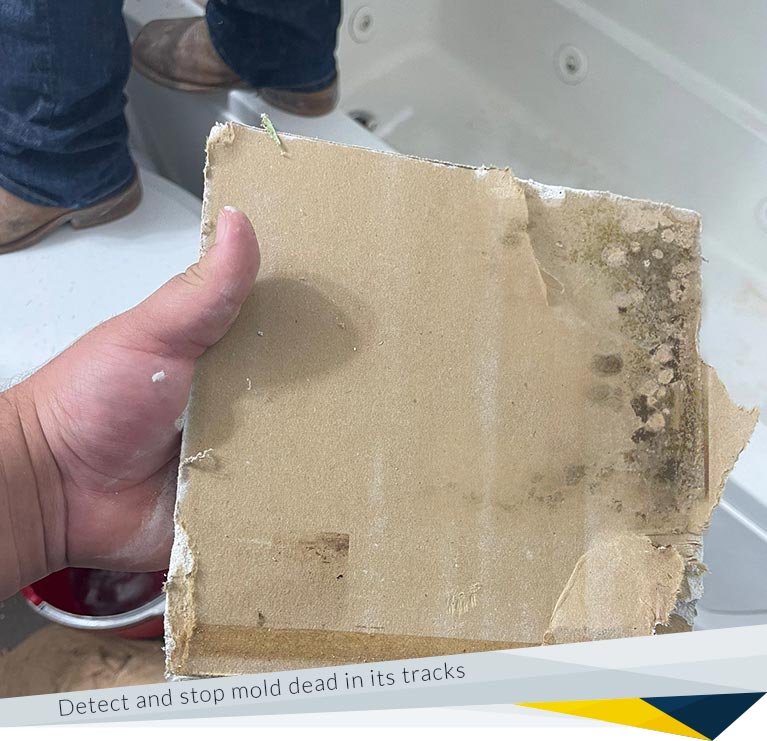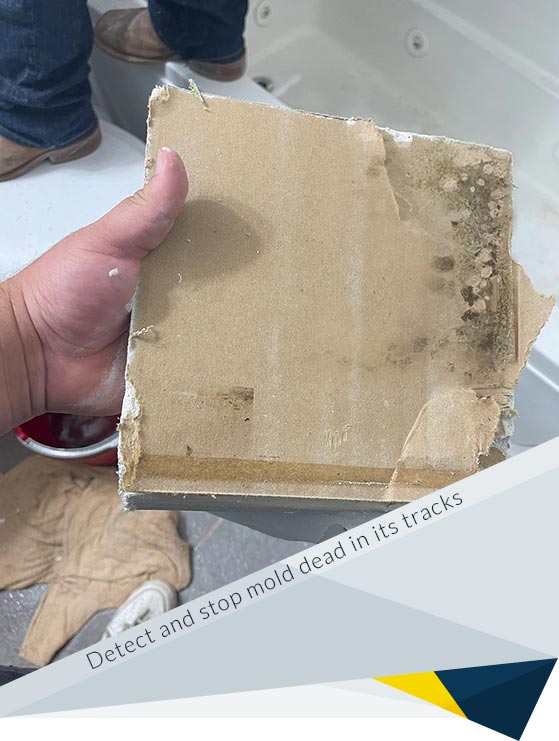
Something about the way modern homes are built seems to be a magnet for mold growth. Most homeowners understand the importance of having clean water, clean air, and a generally habitable environment. However, mold growth poses a challenge to all of that.
No sensible homeowner jokes with the growth of mold of any kind, especially black mold. But, you can only get rid of mold that you can see.
Hidden mold is more common than you think. Since mold growth conditions involve humidity, the fungus is usually found in hidden areas.
Are you wondering why it's still a problem if you can't see it? Well, other than the mold eating away your building and devaluing it, toxic mold is seriously damaging to your body system. It can lead to serious health problems that you can avoid by finding the hidden mold.
But, where can you find this hidden mold? We have provided a list of all the typical places for mold. You might want to do a thorough check of your home in these areas and take proper steps if you find any indications of mold.
Mold can hide in different areas of your home. It can be in your kitchen, bathroom, living room, and even your bedroom. Mold needs some humidity or moisture, oxygen, and a surface to land. If the place is warm and dark, it helps the mold grow faster.
These mold growth conditions can be fulfilled in any area of your home by a simple water leak or stagnant water. Therefore, it is essential to know where these leaks often occur and watch out for the signs before the mold spores settle and become a problem.

Mold is extremely common in buildings and can be found both indoors and outdoors. Mold growths, or colonies, can start to form in as little as 48 hours given the right conditions. All mold needs to grow is moisture, a food source (like leaves or wood), and moderate temperatures (between 40°F and 100°F). Mold is often found in damp or wet areas like bathrooms, kitchens, laundry rooms, basements, and anywhere else that has poor ventilation and/or high humidity levels.
Mold grows by releasing spores into the air. These spores are tiny (too small to see with the naked eye) and can travel easily through the air. When mold spores land on a wet or moist surface, they will begin to grow. Mold can even grow on dry surfaces if there is enough moisture in the air.
While all four of these conditions are necessary for mold growth, it should be noted that mold can still grow even if one of these conditions is not ideal. For example, some types of mold can grow without oxygen.
Mold can grow on both porous and non-porous surfaces. Porous surfaces are materials that mold can penetrate and grow within, such as wood, drywall, and fabric. Non-porous surfaces are materials that mold cannot penetrate, such as glass, metal, and plastic.
While mold can grow on both types of surfaces, mold is more likely to grow on porous surfaces because they provide mold with a food source.
Porous surfaces also make it more difficult to remove mold since mold can grow within the pores of the material. This is why it is often necessary to replace moldy materials like drywall and insulation instead of trying to clean them.
Mold can cause a variety of health problems, including respiratory illness, allergies, and skin irritation. Mold produces allergens (substances that can cause an allergic reaction), irritants, and toxins that can affect people, especially those with asthma or other respiratory conditions.
Exposure to mold can cause a variety of symptoms, including:
In severe cases, exposure to mold can lead to fever, shortness of breath, and even death. If you think you have been exposed to mold, it is important to see a doctor as soon as possible.
The best way to find mold is to look for it. Mold often appears as fuzzy black or green growth on surfaces. Mold can also be white, pink, blue, or purple. It can sometimes be hidden behind wallpaper or under carpeting.
Another way to tell if you have a mold problem is by your symptoms. If you are experiencing any of the symptoms listed above, it is possible that you have been exposed to mold.
If you think you might have a mold problem, it is important to have your home inspected by a professional as soon as possible. Professional mold inspectors will be able to identify mold and help you get rid of it.
Your bathroom is a chief suspect for mold growth. It has different hidden corners for mold to grow, and those warm showers you take don't help in any way. Any area of this room that comes in contact with water can harbor mold.
Areas you must check include your toothbrush holder, the mat, your towels (especially if you never really dry them), the toilet and bathtub, underneath the sink, and between the tiles. One way to avoid mold in this part of the house is to keep it as dry and cool as possible. You can use a ventilation fan to dry and cool the room after every shower.
The kitchen is the second most common place to find mold. It is not surprising as it is one of the warmest rooms in a home and has a constant water supply. You also get a lot of leaks and spills in a kitchen. Mold in the kitchen is even more dangerous as you cook your food in this room.
If you want to keep mold out of your kitchen, you want to keep your kitchen as clean as possible. It would be best if you also fixed any leaks, no matter how small, immediately. Do a check of areas where mold can hide, like under your sink and on the window sill often.
The attic is one of the most ignored rooms in a home. However, this room is liable to mold growth. The worst part is that since it houses most of your ventilation systems, it can spread the mold spores to other parts of the house. Ensure to check your attic often for mold.
You know that terrible smell that most basements seem to have. It is not a basement thing but a mold thing. You can have a nice smelling basement if you get rid of the mold problem that this area usually has. You should also take steps like using a dehumidifier to prevent its growth.
Your chimney might be doing more than keeping you warm on those dark, cold days. It can also be home to mold during those dark and damp times you don't use it, and the mold can also spread to other areas through its porous bricks. Ensure you often have your chimney professionally cleaned, especially during the season that you don't use them often.
While your air conditioner works to keep your rooms cool, the vents might be a different story. The warmth and presence of moisture make this area an ideal place for mold to grow. If you suspect mold growth in your vents, contact professionals to help you get them removed and cleaned.
The air ducts in your home, like the air conditioning vents, can also harbor mold. The hidden corners of the air ducts have the perfect temperature and humidity for mold growth. Just ensure that professionals regularly check this area of the house.
Mold in the walls seems like one of the weirdest places for mold to grow. But, mold can grow under the paneling, behind the wallboard, and the wallpaper. It is hard to discover this mold. However, if you notice any wet spots or dark stains on your walls, you should ensure that they are checked out for mold as soon as possible.
Your windows are your protection from the outside elements. They keep the rain and the heat out, which also means they have the moisture and heat for mold growth. You should check your window sills and corners for any sign of mold growth.
Sometimes, you spill water on your carpet. Your kids drag in dirt and other substances. Add all these to the heat beneath a rug, and you have a perfect place for mold to grow. You can prevent most of it by keeping your carpet as clean as possible all the time.
If you are in the habit of forgetting food in your refrigerator or pantry, it is time to stop. You are only providing mold with a perfect place to grow. It would help if you also kept your drip trays and food baskets as clean as possible. Mold spores can settle in these areas and grow pretty fast. So, it would be best if you tried to keep your fridge and pantry as dry and clean as you can.
The living room can be one of the most crowded and lived-in areas of the house. With many elements, an increase in temperature, and moisture from spilled food, mold can grow on your couch, your curtains, and even your green, potted plants.
It would be best if you used a dehumidifier in your living room even as you keep it constantly clean. Your office should also get the same treatment as mold can destroy the papers in your filing cabinet and shelves if you are not careful.
Your laundry room is a common place for mold because of the moisture and warmth that this room usually has. The washing machine is the chief suspect in this room. Mold can also grow on the dirty or wet clothes you leave lying around.
Your bedroom is a scary place to think about mold growth. Even more alarming is the possibility that they can grow on your mattress. But that is possible! If you love eating on your bed, you should stop. Excess moisture can allow for mold in your bedroom. You can get a mold-resistant mattress to prevent mold growth.
While your car is not inside your home, it is one of the places you spend a lot of time in, and that's why it has a place on this list. Your car's upholstery, floor mats, and carpeting store dirt and moisture, allowing mold growth. You should ensure that you get a regular, thorough cleaning for your car to prevent any mold spores from settling and growing.
Mold can grow in any part of your home. But that doesn't mean you should let it grow. Mold, black mold or toxic mold, or even any other kind, can affect your health and make you fall sick. If you have asthma or allergies, it could lead to severe breathing problems.
Your building and comfort also suffer from the presence of mold. Therefore, you want to find this problem as soon as possible and deal with it.
Mold is an enemy that likes to play hide and seek. But, it is not a problem to play with at any time. If you find any signs of mold in the locations we have discussed, you need to call for a professional mold inspection immediately.
Ensure you get mold testing and remediation if you discover it is mold. We can help you get your home back to a clean, healthy state that's free from mold. Just give us a call today at 877-421-2614!



